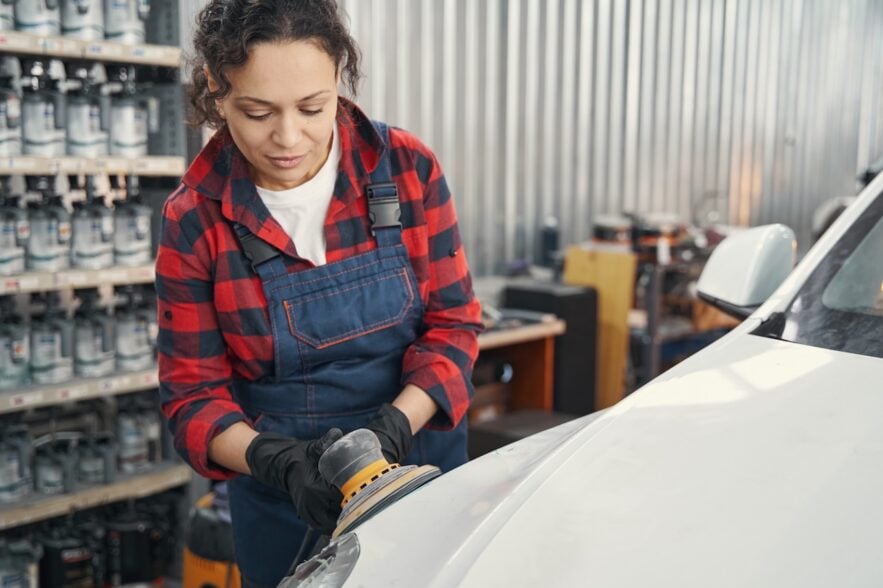Experiencing a car accident can be stressful, and the aftermath often comes with a wave of concerns. One common issue drivers report is their car shaking or vibrating after the collision. While this might seem like a minor inconvenience, it is often a sign of underlying problems that require immediate attention. In this article, we’ll explore the possible reasons your car shakes after being in an accident and the steps you can take to resolve it.
Common Reasons Your Car Shakes After an Accident
There are several underlying causes that could be contributing to the vibration or shaking you’re experiencing. Let’s take a closer look at the most common ones:
1. Tire or Wheel Damage
A collision, especially if it impacts your car’s wheels, can cause damage to your tires or misalign the wheels. Common issues include:
- Bent rims: Impact with a curb or another vehicle can warp your rims, causing uneven rotation.
- Uneven tire wear: Misalignment or a hard hit might cause your tires to wear out inconsistently, leading to an uncomfortable ride.
- Balancing issues: Shaking often occurs when tires are out of balance, which can happen after a hard impact.
2. Suspension or Axle Problems
The suspension system plays a vital role in keeping your car stable and absorbing shock. If even a small component is damaged in an accident, it can result in noticeable shaking. Some possible culprits include:
- Warped axles: A damaged axle can create vibrations at certain speeds, affecting your driving experience.
- Broken suspension parts: Components like control arms, struts, or shocks may be bent or compromised, making it difficult for your car to maintain a smooth drive.
3. Engine or Transmission Issues
If the accident caused damage directly under the hood, your vehicle’s engine or transmission might be impacted. This could happen if:
- The motor mounts—which hold the engine in place—are damaged, leading to excessive vibrations.
- Your transmission isn’t running smoothly, affecting your car’s performance and creating an unstable ride.
4. Frame Damage
If the car’s frame has been bent or structurally affected during the accident, it can throw off the entire balance of the vehicle. Even minor frame damage can result in significant vibrations while driving. A misaligned frame can also lead to additional wear and tear on other parts of your car.
Steps to Take If Your Car Is Shaking
If you notice persistent shaking after an accident, it’s important to address the problem sooner rather than later. Ignoring the issue could lead to further damage and add to repair costs. Here’s what you can do:
1. Inspect Your Vehicle
Start by looking for visible damage to your tires, wheels, or other exterior parts. If you feel comfortable, inspect under the hood for any loose or damaged components. Keep in mind that not all issues are visible, so you’ll likely need to consult a professional.
2. Visit an Auto Body Shop
An auto body shop is your best bet for diagnosing the shake. Professionals will conduct a comprehensive inspection to:
- Check for alignment and balance issues.
- Assess the condition of your suspension and axle.
- Examine if there’s any frame damage that requires repairs.
By working with experienced technicians, you can rest assured the source of the issue will be identified and addressed.
3. Schedule Regular Maintenance
After an accident, keeping up with regular vehicle maintenance is essential. Ask for tire rotations, alignment checks, and other necessary upkeep to ensure a safer, smoother driving experience going forward.
Final Thoughts
If your car shakes after being in an accident, it’s crucial to identify the problem sooner rather than later. From tire and suspension issues to potential frame damage, the cause can vary, but the solution starts with a professional inspection at an auto body shop. Don’t brush off the vibrations—they’re often your vehicle’s way of telling you something’s wrong.



